Best Tips On How To Overcome An ADHD Shame Spiral
In this post you will be reading about the Best Tips On How To Overcome An ADHD Shame Spiral
Living with ADHD can often feel like an emotional rollercoaster, particularly for women who are juggling numerous responsibilities while managing the unique challenges that come with ADHD.
One of the most frustrating parts of the ADHD experience is the ADHD shame spiral—a loop of self-blame, guilt, and negative thoughts that can spiral out of control, impacting your self-esteem and mental health.
In this article, we’ll explore what the ADHD shame spiral is, why it happens, and most importantly, tips on how you can begin to overcome it.
Let’s dive in!
This post may contain affiliate links which means I may receive a commission for purchases made through links (at no extra cost for you). As an Amazon Associate I earn from qualifying purchases. Learn more on my Private Policy & Disclaimer page.
What Is the ADHD Shame Spiral?
The ADHD shame spiral is a cycle of feelings of shame, guilt, and inadequacy that often starts when someone with ADHD struggles to meet certain expectations.
Whether those expectations are from work, family, or society at large.
For women with ADHD, the spiral can be particularly damaging, as societal pressures often encourage women to be hyper-organized, multitasking super-humans.
When ADHD brains struggle to manage time, maintain consistent routines, or focus on tasks, it can lead to feelings of inadequacy and negative self-talk.
As a AuDHD mom myself I am no stranger to the shame spiral.
Why Are ADHD Women Prone to Shame Spirals?
Many women don’t receive an ADHD diagnosis until adulthood, which means they’ve often spent years feeling like they’re “failing” at life.
By the time they finally understand that their brains function differently, they’ve likely internalized negative messages about their abilities.
The result?
A toxic blend of imposter syndrome, low self-esteem, and a persistent inner critic that tells you you’re not good enough.
Personally, I didn’t receive my diagnosis until I was 39, and only because my son got his autism diagnosis first.
A common theme among a lot of late diagnosed Autism – ADHD women.
Before then, I would try to understand why I couldn’t stay organized or why I would get overwhelmed by minor things that I could manage before having kids.
The feelings of guilt and shame built up over time, and I found myself wondering if maybe I experiencing symptoms of onset dementia or something else was wrong.
Common Triggers of the ADHD Shame Spiral
Understanding your shame triggers is the first step to overcoming them.
Here are some common triggers for women with ADHD:
1. Missed Deadlines:
Forgetting deadlines or struggling to meet them can make you feel irresponsible or incompetent.
This got worst for me when my kids started school and all the demands became tenfold.
Which made me feel like I was being a “bad mom” because I couldn’t keep up with everything.
2. Social Interactions:
ADHD can make navigating social situations tricky, whether due to forgetfulness, impulsivity, or difficulty staying present in conversations.
I would forget to write back to people.
It’s like I would answer in my head or say “Let me finish what I’m doing and then I’ll answer” and puff… out of sight, out of mind.
Which later on creates tension and eventually lose touch.
3. Perfectionism:
When you don’t meet your own high standards, it can reinforce a feeling of shame.
THIS is such a big thing for me and one of the things I have to constantly remind myself off.
Everything doesn’t have to be perfect.
Sometimes good enough is best.
4. Past Failures:
Past mistakes often resurface in the form of negative self-talk, adding fuel to the shame spiral.
These triggers can pile up quickly, creating a cascade of negative thoughts.
Suddenly, missing one deadline turns into “I’m terrible at my job,” which spirals into “I’m not cut out for this” and ends with, “Why do I even try?”
Can you relate?
Rejection Sensitivity And ADHD Shame Spiral
Rejection Sensitivity and the ADHD Shame Spiral are closely linked emotional challenges that many individuals with ADHD experience.
Rejection Sensitivity refers to an intense emotional response to perceived or actual rejection, criticism, or disappointment.
For someone with ADHD, even minor things—like a critical comment or a suggestion for improvement—can feel overwhelmingly personal.
This can lead to emotional overreactions, such as feeling deeply hurt or misunderstood, even if the rejection wasn’t intended.
“Emotional dysregulation is when your emotions are too loud for you to manage, causing feelings of being overwhelmed, uncomfortable or even in pain.” (Cleveland Clinic)
Rejection sensitivity can fuel self-doubt and make it harder to shake off negative experiences.
The ADHD Shame Spiral begins when ADHD symptoms, like forgetfulness or impulsivity, lead to feelings of inadequacy or failure.
For instance, if you miss a deadline at work or forget an important task, you might feel guilty.
That guilt can quickly turn into negative self-talk (“I’m not good enough,” “Why do I always mess up?”), which deepens the shame.
This spiral of shame can reinforce feelings of low self-worth and lead to avoidance behaviors or withdrawal from activities that could lead to further rejection or failure.
When rejection sensitivity and the ADHD shame spiral collide, it can become a cycle that’s hard to break.
You feel rejected or criticized, which triggers feelings of shame, leading to negative thoughts and actions that further confirm the belief that you are inadequate.
However, understanding these feelings and learning how to challenge negative thoughts can help you break the cycle and rebuild confidence.
The Emotional Impact of the ADHD Shame Spiral
The ADHD shame spiral doesn’t just affect your thoughts—it also takes a toll on your emotions.
The shame triggers can lead to emotional dysregulation, where you feel overwhelmed, anxious, or even angry.
You might snap at loved ones or retreat into isolation.
ADHD adults often feel the burden of being misunderstood, which only deepens the spiral.
Growing up I would feel intense shame over social interactions where I felt like I said the “wrong thing.”
My brain would replay the situation over and over, twisting it until it felt like a disaster.
I’d isolate myself for days because I couldn’t shake the feelings of inadequacy.
Tips On How To Overcome The ADHD Shame Spiral
1. Acknowledge the Shame Spiral
Always – The first step to breaking free from the spiral is simply acknowledging it.
Recognize when you’re stuck in that cycle of negative feelings.
Journaling can be a helpful tool here.
Write down when you notice the shame triggers—whether it’s missing a deadline, a challenging social interaction, or forgetting a minor task.
Being aware of the patterns in your ADHD function is key to stopping the spiral in its tracks.
Whichever type of journal that works for you is great.
PAPERAGE Blank Journal Notebook is a great way to start. Just take a blank page and start writing everything down.
2. Reframe Your Negative Thoughts
When you catch yourself in a spiral, take a step back and reframe those negative thoughts.
Instead of thinking, “I’m lazy,” try saying, “I struggle with time management, but I’m working on it.”
It sounds simple, but retraining your brain to be kinder to yourself is incredibly powerful.
Positive Affirmations Cards are a great way to take a moment and boost some energy into your every day.
3. Set Realistic Expectations and Small Goals
People with ADHD often struggle with executive function, which makes tasks like planning, time management, and organization difficult.
Setting large, unrealistic goals can trigger a shame spiral when you inevitably fall short.
Instead, break tasks down into smaller, more manageable pieces.
Celebrating these small wins can boost your confidence and keep feelings of shame at bay.
I’ve found that using a consistent routine has helped tremendously.
For example, I break my morning tasks into 10-minute chunks. Getting dressed, making coffee, and reviewing my to-do list may seem like minor things, but they build momentum for the day and help me avoid that familiar sense of overwhelm.
To Do List Notepad – I write down what I need to get done in the day and when (morning – noon – night).
This way I have a plan and don’t have to be constantly reminding myself and getting overwhelmed.
4. Build a Support System
The only way to truly break the shame spiral is to surround yourself with supportive, understanding people.
Whether it’s family members, friends, or a support group, having the right people in your corner can make a huge difference.
Listening to an ADHD podcast or joining an online community can also be a great way to connect with others who understand what you’re going through.
Therapy is an effective way to help manage the emotional impacts of ADHD Working with a therapist, especially one who understands ADHD in women, can help you process the shame and learn coping strategies.
5. Practice Self-Compassion
Many ADHD women feel like they carry their own “Scarlett letter” mark of shame.
The key to overcoming this is learning to practice self-compassion.
Remind yourself that with ADHD your brain works differently and you are not flawed or broken because of it.
There is no ONE WAY of doing things. If making lists is your thing, great. If that doesn’t work for you, then what does? We are all different and have to figure out which system works best for us and our brain.
Suggested Resources to Help Break the Shame Spiral
There are plenty of tools to help you manage the ADHD shame spiral. Here are a few good suggestions:
Books:
1. “Your Brain’s Not Broken: Strategies for Navigating Your Emotions and Life with ADHD” by Tamara Rosier, PhD
This is a compassionate guide designed for individuals with ADHD who struggle with emotional regulation. The author provides practical strategies to help readers understand their ADHD brains and navigate the emotional turbulence that often comes with the condition.
With a focus on real-life application, Tamara Rosier breaks down complex ADHD behaviors into simple, easy-to-understand concepts, making it a valuable resource for both ADHD adults and their loved ones.
The book encourages self-compassion, helping readers recognize that their ADHD brain isn’t “broken”—it just works differently.
2. “Women with Attention Deficit Disorder: Embrace Your Differences and Transform Your Life” (2nd edition) by Sari Solden.
This book is tailored specifically for women navigating life with ADHD. Solden, a pioneering psychotherapist specializing in ADHD, focuses on the unique emotional and social challenges that women with ADHD face, including rejection sensitivity and shame spirals.
Sari Solden encourages women to embrace their neurodiversity, offering practical advice on building self-acceptance, managing symptoms, and overcoming the shame and perfectionism that often come with ADHD.
She highlights how to cultivate self-compassion and create a more fulfilling life by focusing on strengths rather than shortcomings.
With empowering insights, personal anecdotes, and actionable strategies, this updated edition is a must-read for any woman looking to live authentically with ADHD.
3. “ADHD According to Zoë: The Real Deal on Relationships, Finding Your Focus, and Finding Your Keys” by Zoë Kessler (2013)
In this candid and humorous book, Zoë Kessler shares her personal experiences with ADHD, focusing on rejection sensitivity, shame spirals, and how these emotional challenges affect relationships and self-esteem.
With a focus on relationships, she explores how ADHD impacts dating, friendships, and family life, offering real-world advice to improve communication and self-awareness.
It’s a relatable and insightful read for women with ADHD.
Podcasts:
Podcasts are an excellent resources for ADHD education.
The ADHD Women’s Wellbeing Podcast: Kate Moryoussef is an ADHD lifestyle and wellbeing coach and EFT practitioner. She helps overwhelmed yet unfulfilled ADHD-curious or diagnosed women find calm, balance, compassion, creativity and clarity.
ADHD Rewired: Eric Tivers is a licensed clinical social worker, coach, podcaster, speaker, consultant, and entrepreneur, specializing in ADHD and Autism Spectrum disorders.
These are both great places to start.
The Flip Side: Embracing Your ADHD Strengths
Here’s the cool thing: ADHD brains may struggle with focus and organization, but they also come with some amazing strengths.
ADHD adults are often creative, innovative, and full of a lot of good ideas.
The flip side of the ADHD shame spiral is recognizing and embracing these great strengths.
For me, one of my strengths is my ability to hyperfocus.
When I’m passionate about a project, I can dive in deep and produce great results.
This blog for example is a passion project but hopefully one day it will be also a way for me to be able to provide financially for my family in the years to come.
You can turn something you enjoy doing into a “real job”.
Not everything is a 9 to 5 but for those that DO prefer one, that is also great.
It’s all about what works best for YOU.
In this post you read about the Best Tips On How To Overcome An ADHD Shame Spiral.
To Summarize
Your ADHD Does Not Define You and it does not define your worth.
Breaking free from the ADHD shame spiral takes time, self-awareness, and a lot of patience.
But with the right strategies and support, you can overcome it.
The next time you feel the spiral starting, remind yourself that it’s okay to struggle—it doesn’t mean you’re failing.
Reach out to others when you need help and most of all, be kind to yourself. You’ve got this!
Other Posts You Will Love
- 7 Simple ADHD-Friendly Tips to Boost Your Self-Esteem
- 6 Best ADHD Burnout tips For Stay At Home Moms you will love.
- 4 types of ADHD Planner you will love
- 4 Easy Natural Ways To Increase Dopamine ADHD For Everyone
- 15 Confident Women Quotes You Need To Know
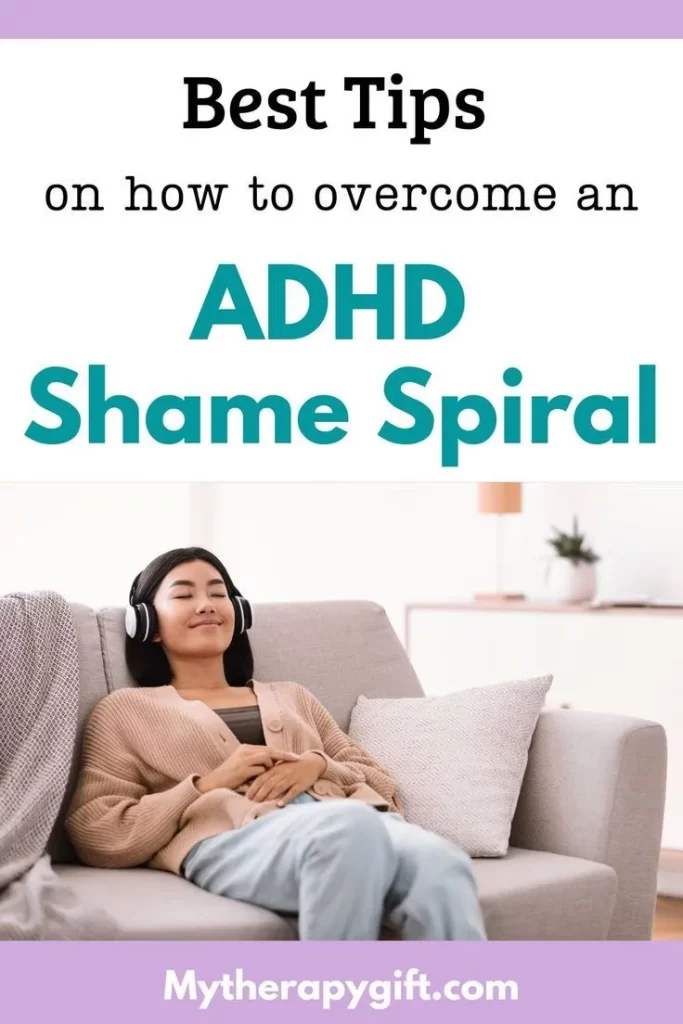
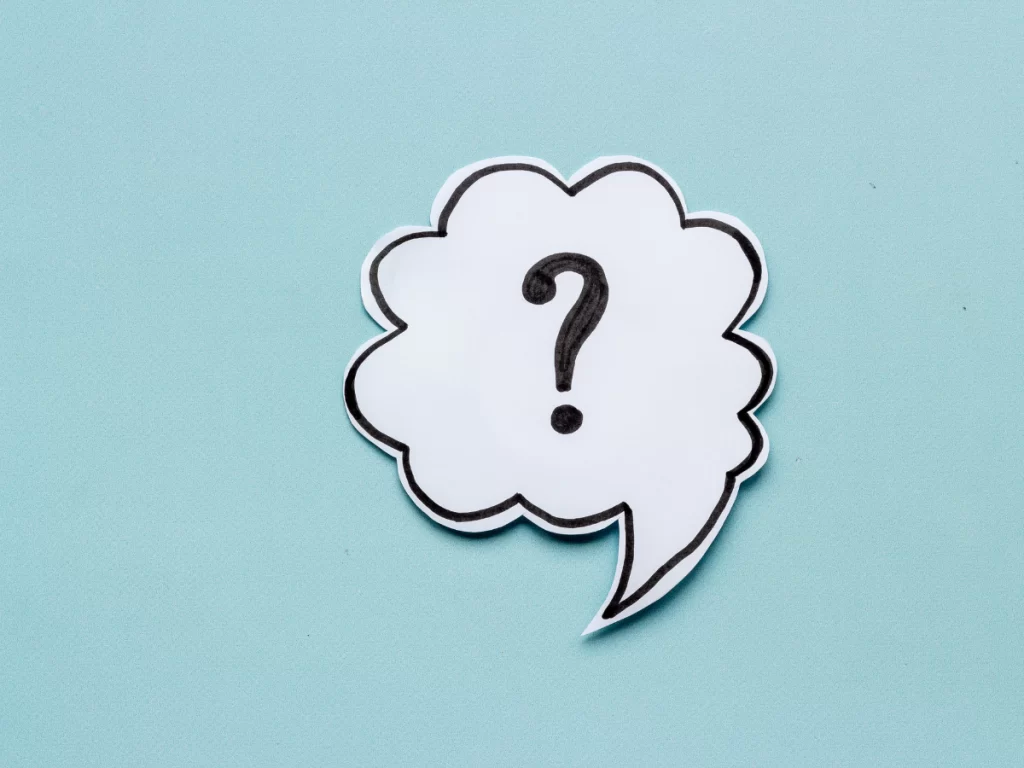

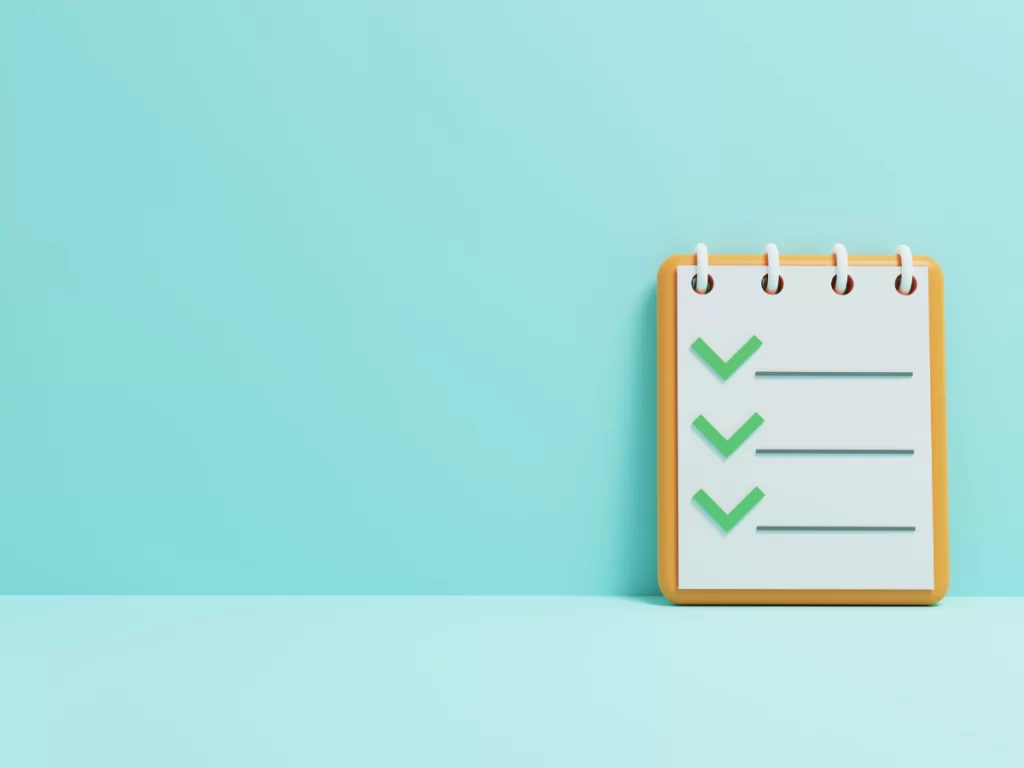


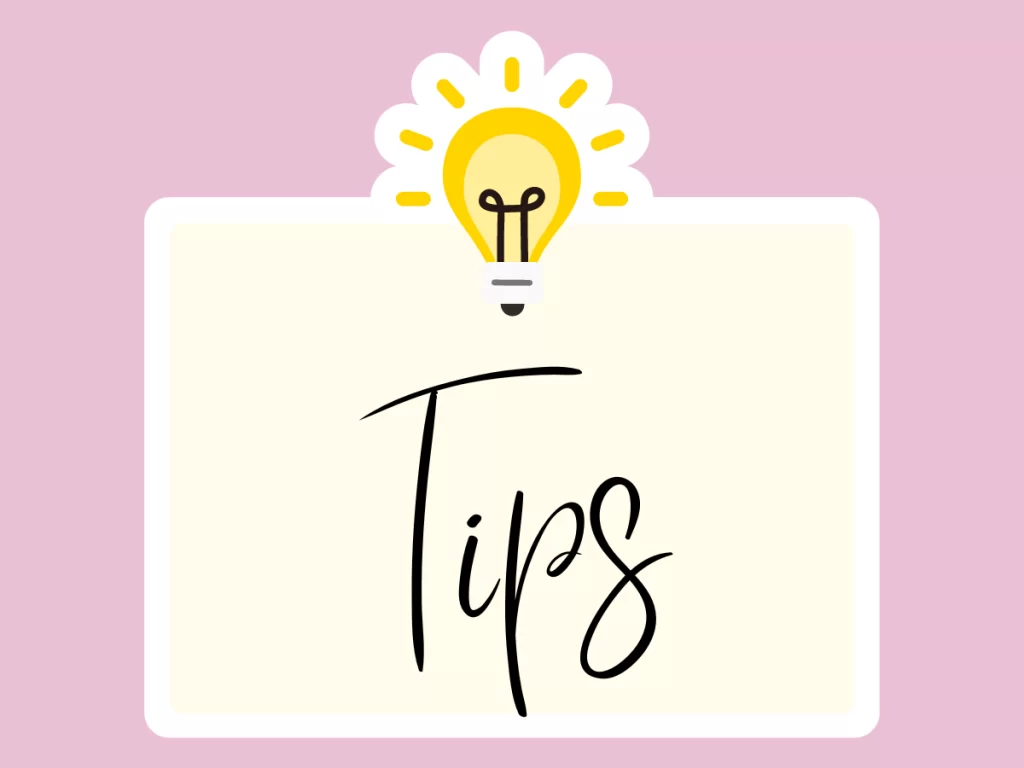


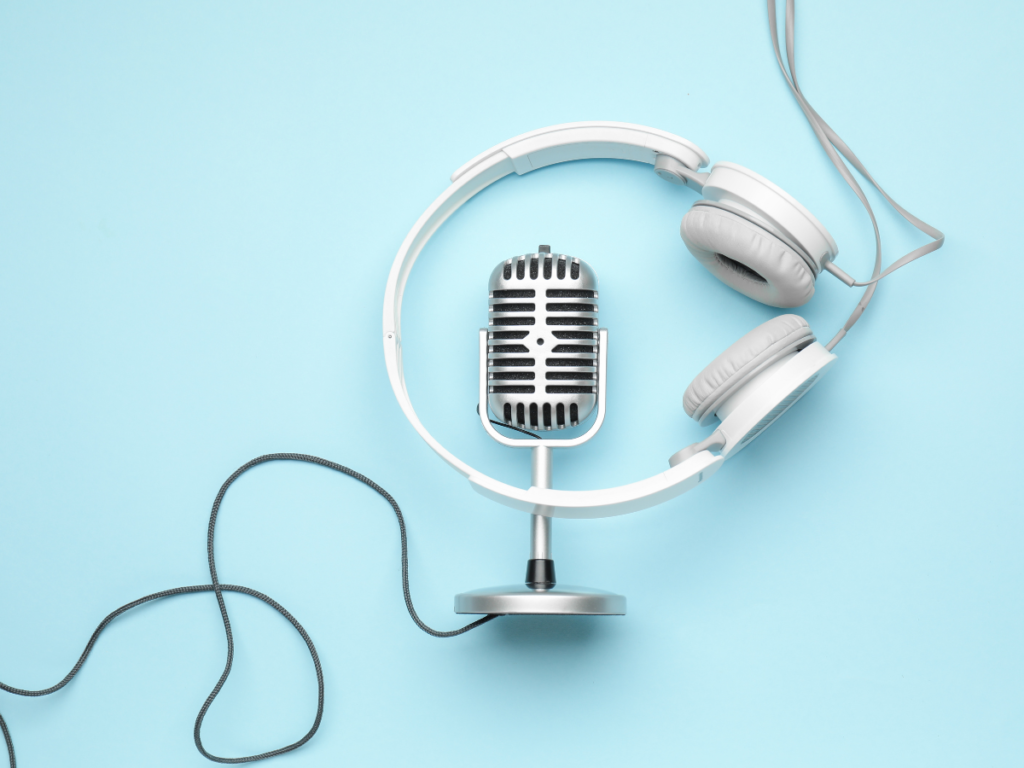

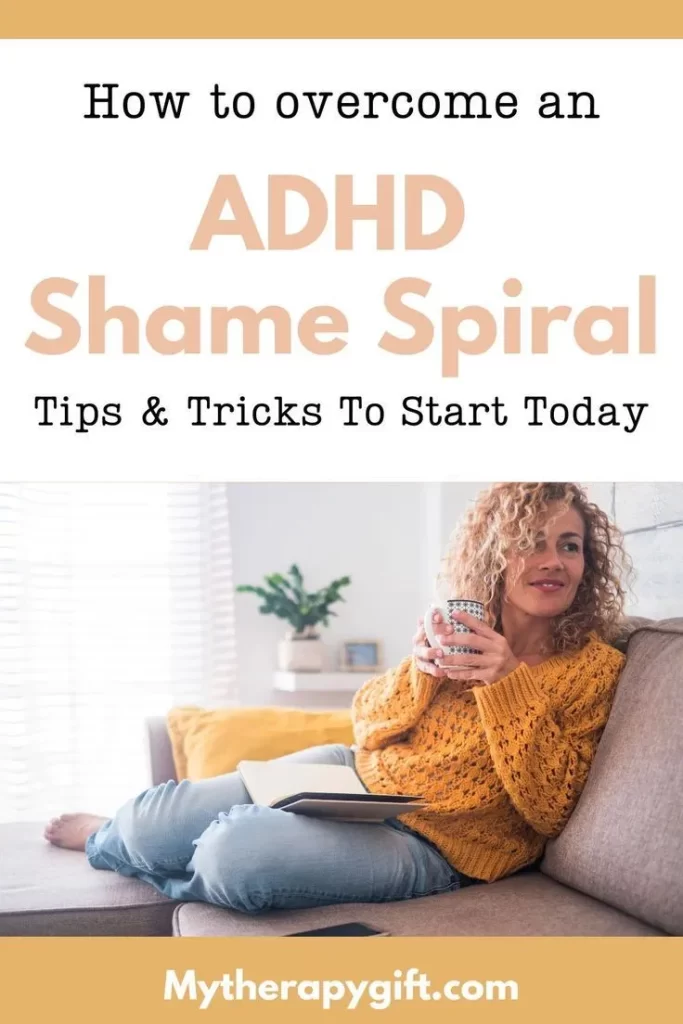
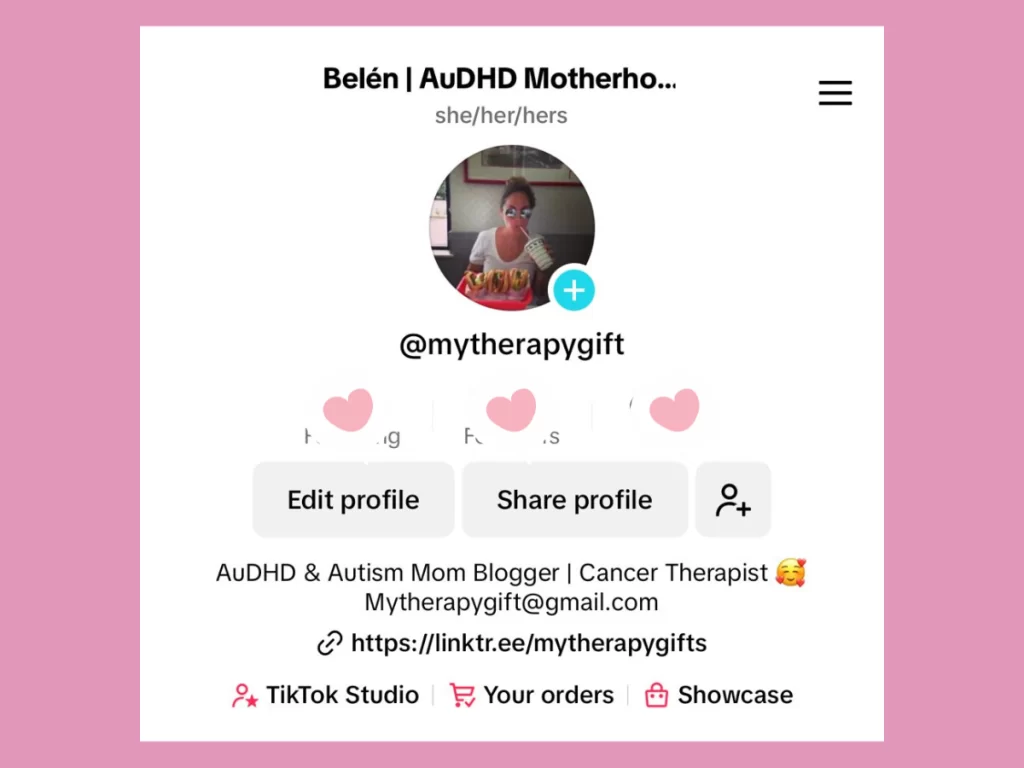
Leave a Reply